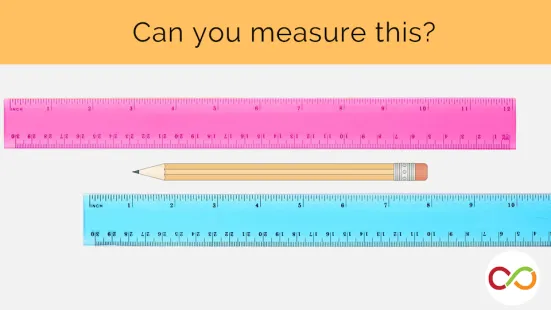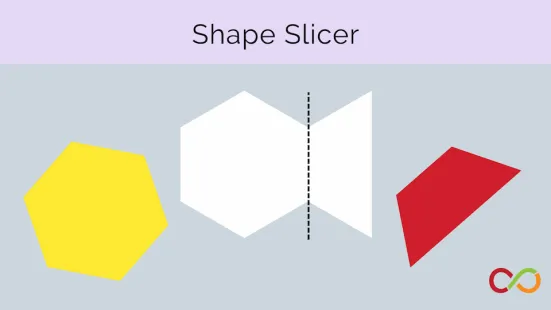Primary Math Lessons
Animal Grid Offline Coding
Image
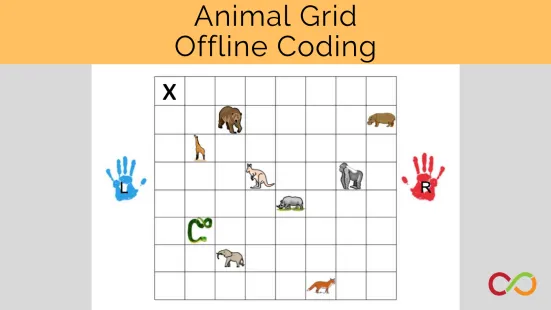
Students love this offline coding lesson! They get to be the zookeeper feeding animals.
Barrier Game
Image
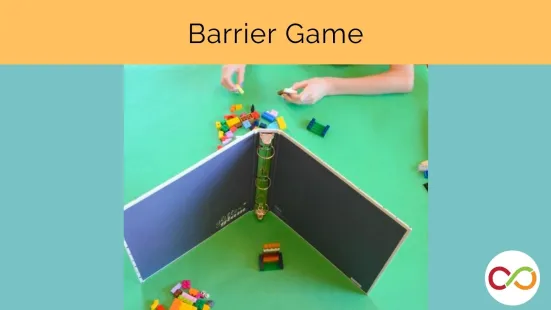
One student builds a structure and gives instructions to his/her partner to build an identical structure.
Base Ten Block Quick Image
Image
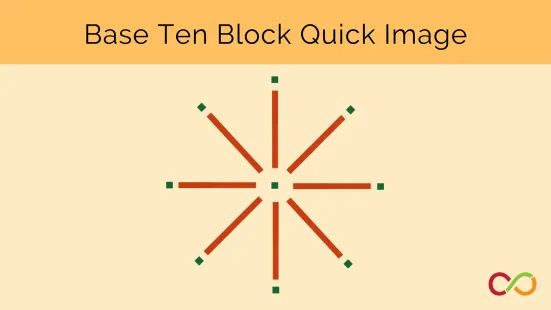
Students recreate images composed of base ten blocks and calculate the sum of the blocks used.
Block Party
Image
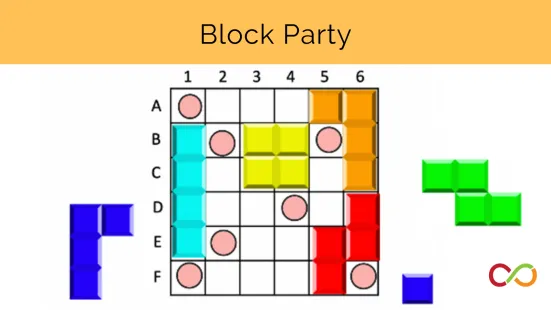
Using their spatial skills, students transform and relocate unique shapes on a coordinate grid, attempting to avoid their opponent's pegs.
Box or Not?
Image
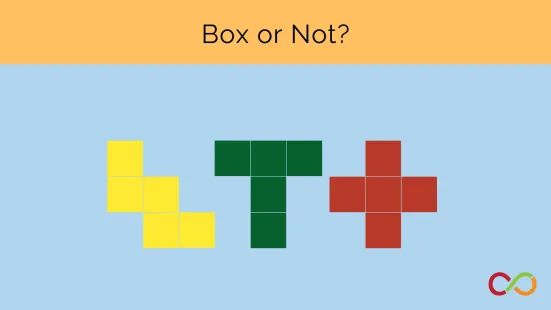
Students sort and classify 2D/3D figures by geometric properties and using spatial language.
Build a Structure from 3 Different Views
Image
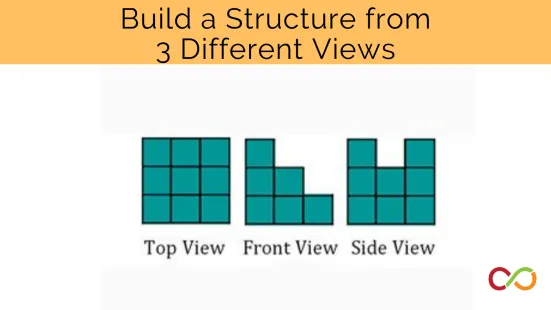
Students learn how to compare and sort 2D/3D images while using positional and directional language.
Building with the Mind's Eye
Image
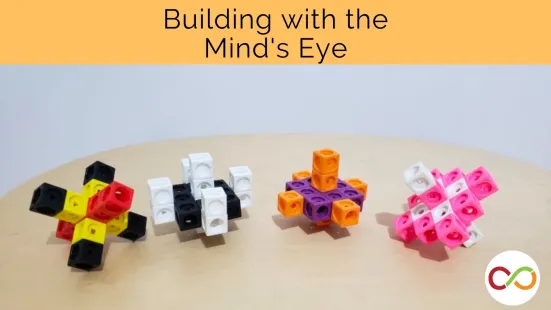
Students visualize and build a figure in their mind's eye. Then they describe it for the class.
Can You Draw This?
Image
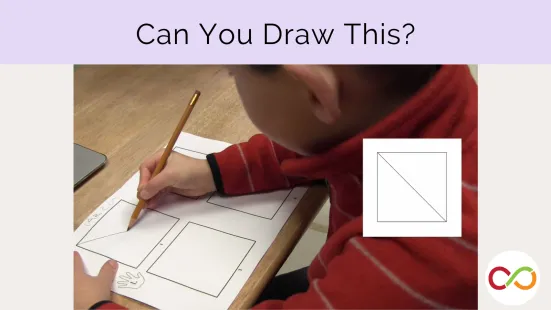
Students are briefly shown a series of designs inside a square and must recreate them from memory.
Can You Make a Square?
Image
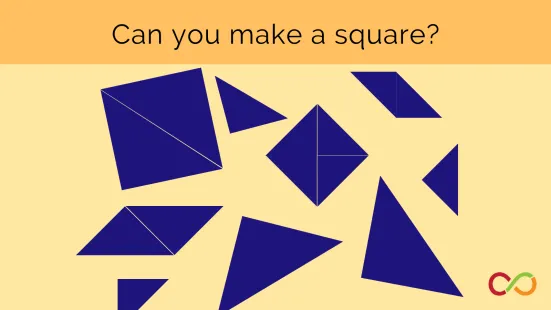
Students use spatial reasoning to create squares using different tangram combinations.
Collect the Shapes
Image
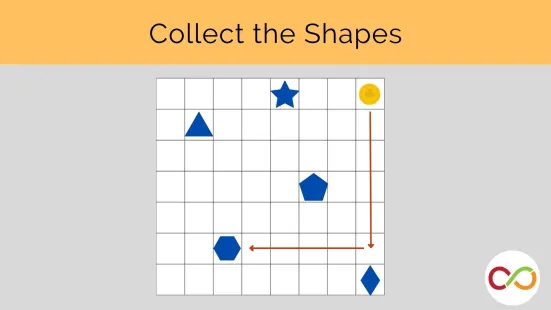
Children collect 2D shapes on a grid by giving directional instructions and answering questions on shapes attributes.
Copy My Flag
Image
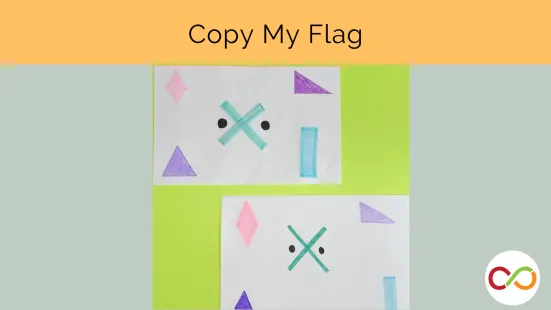
Students will practice their spatial language as they design and describe their geometric flags to their partner.
Cube Challenge
Image
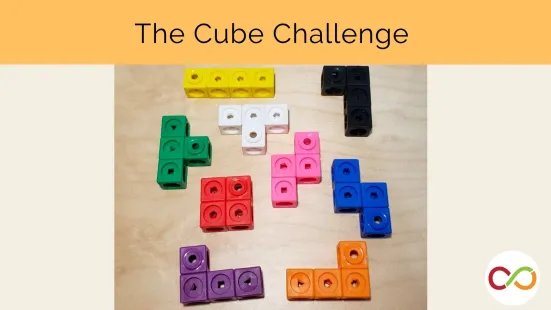
In this lesson, students work together to build 21 unique structures out of 3, 4, and 5 unifix cubes. Can you build them all?
Daily Calendar
Image
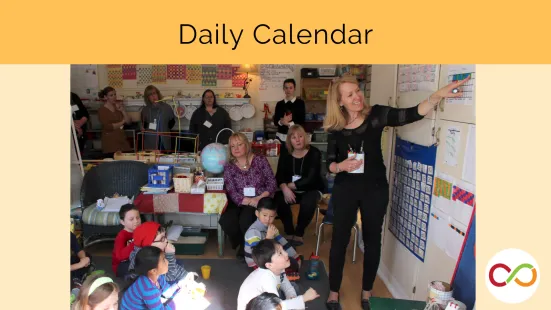
This daily lesson with many small activities gives students the opportunity to practice all five strands of math every day.
Designs and Patterns on Grid
Image
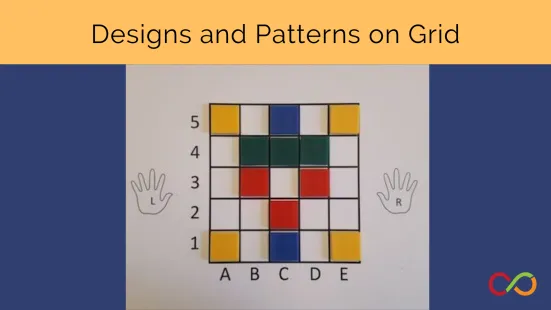
Students read letter-number coordinates by creating designs and patterns on grid.
Don't Break the Hex
Image
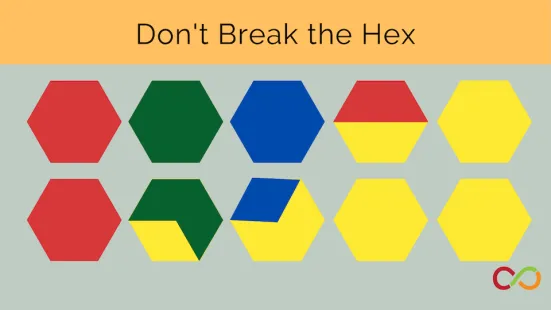
Students cover hexagon blocks with pattern blocks in this don't-get-caught-with-blocks-in-your-hand game!
Doubling Numbers: Part One
Image
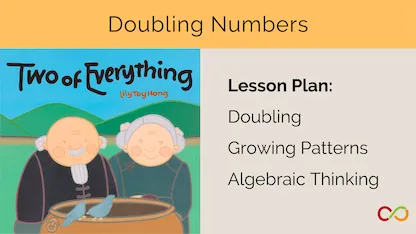
After reading "Two of Everything," students explore number pattern rules by using a T-Chart to illustrate the relationships between whole numbers.
Doubling Numbers: Part Two
Image

After reading "Two of Everything," students explore number pattern rules by using a T-Chart to illustrate the relationships between whole numbers.
Draw a Structure from 3 Different Views
Image
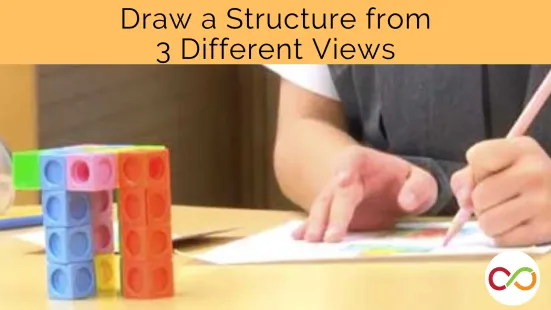
Students learn how to draw 2D/3D images while using accurate positional and directional language.
Exploring Tangrams
Image
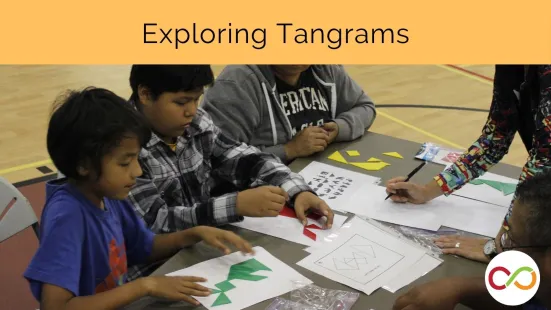
The history behind tangrams is a great way to explore composition, decomposition and spatial reasoning.
Garden Patio
Image
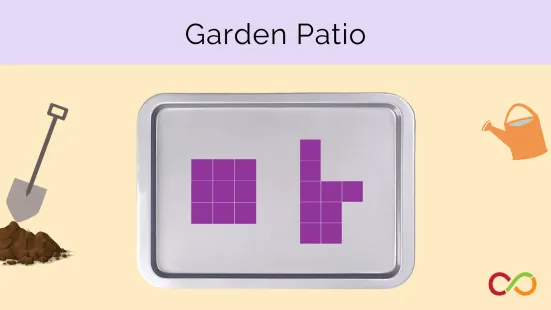
Children explore measurement and geometry and spatial sense through a narrative about a garden patio.
Hexagon Card Game
Image
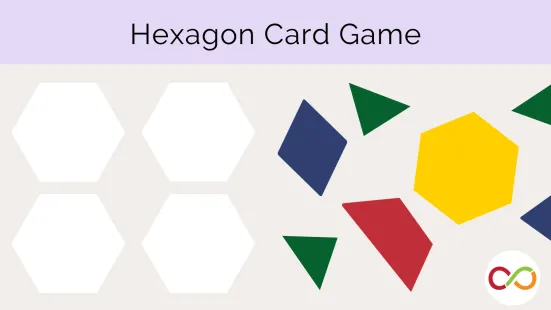
Students race to completely fill in the outline of a hexagon using different combinations of pattern blocks.
Hole-Punch Symmetry
Image
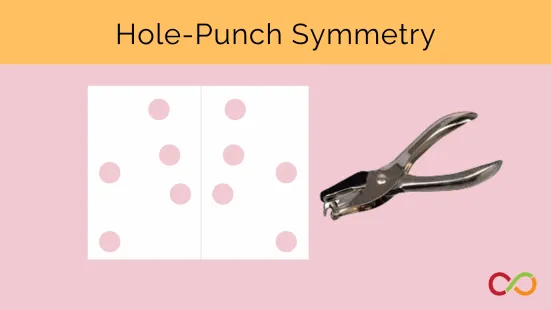
Students visualize how folded and hole-punched paper will look when unfolded.
How Many Dots Do You See?
Image
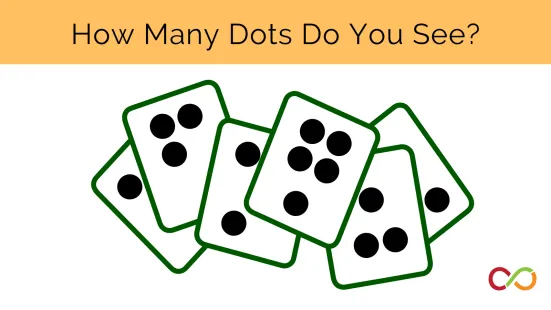
Students use visual pattern/arrangement to develop how to recognize quantity with accuracy and speed.
Metris: Multiplication + Tetris
Image
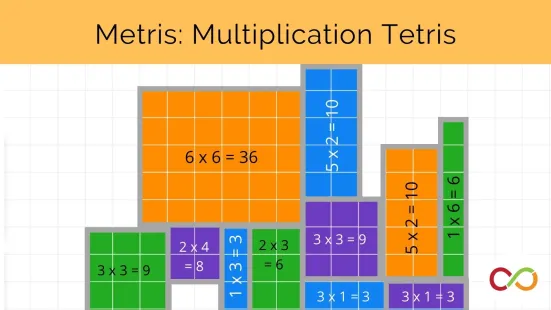
Using dice, students work collaboratively to determine the length, width and area of a rectangle.
Missing Puzzle Pieces
Image
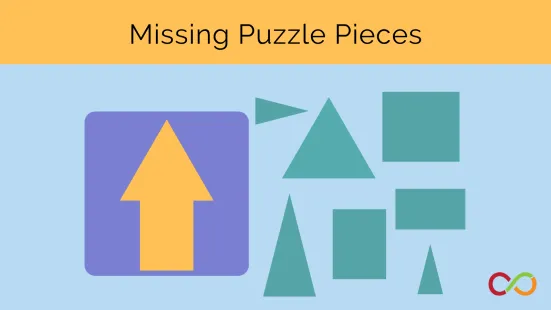
Students develop reasoning and discussion skills by identifying the missing piece of a puzzle.
Multilink Cube 3D Quick Image
Image
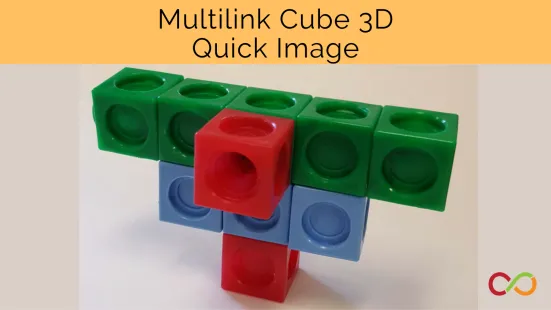
Students are presented with 2D images of 3D shapes and recreate them from memory.
Origami Math
Image
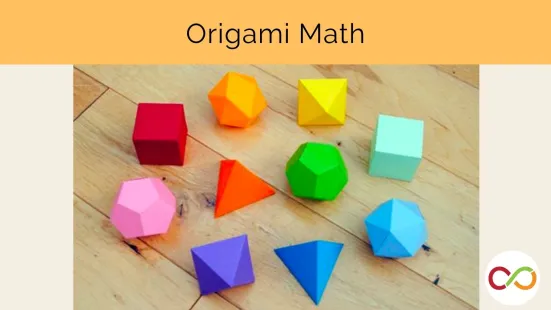
Students make connections between mathematics, history and visual arts, through origami.
Pattern Block Challenge
Image
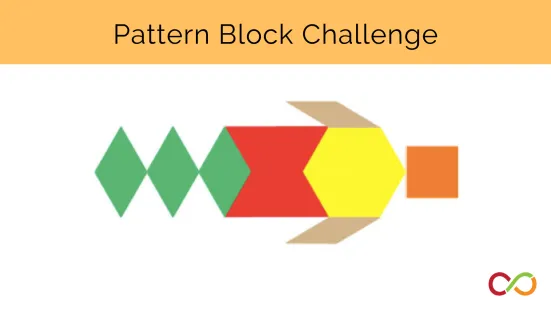
Students visualize a series of pattern blocks and recreate them from memory.
Patterns in Lakota Star Quilts
Image
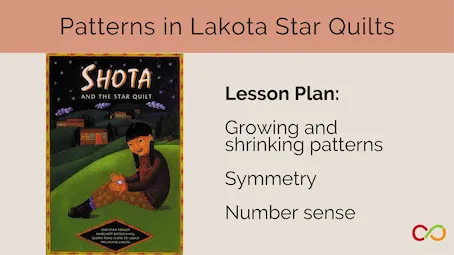
Explore patterning, symmetry, number sense, tessellation and proportional reasoning.
Pentomino Battleship
Image
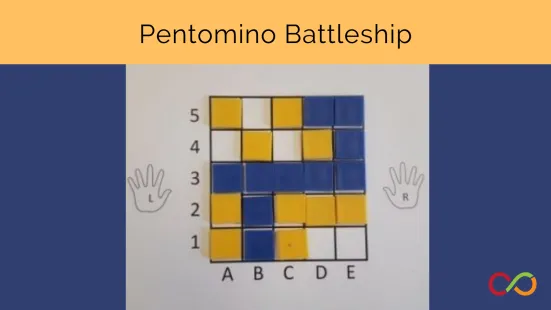
Students practice reading letter-number coordinates by playing a battleship game with a partner.
Secret Shape Code
Image
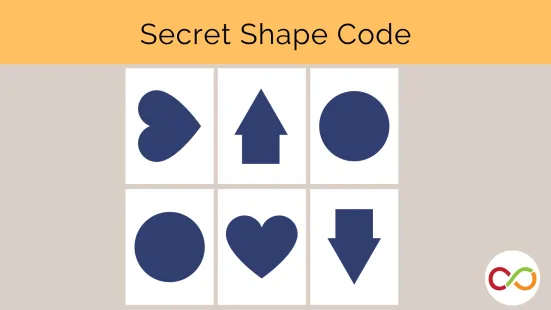
Students develop spatial skills by practicing how to describe the location and orientation of different cut-out shapes.
See It, Build It, Check It
Image
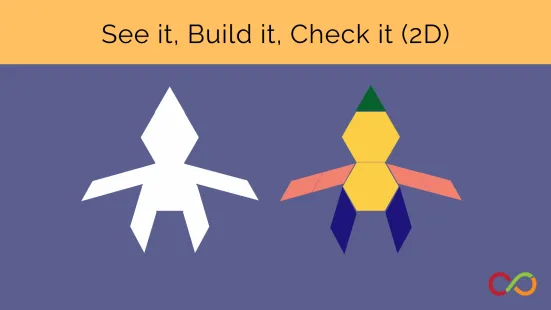
Students recreate 2D and 3D geometric shapes from memory using math manipulatives.
Shape Name Game
Image
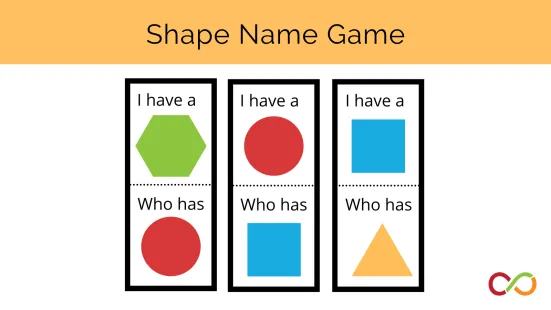
Students develop the ability to identify and communicate the names of different geometric shapes.
Shape Shifter
Image
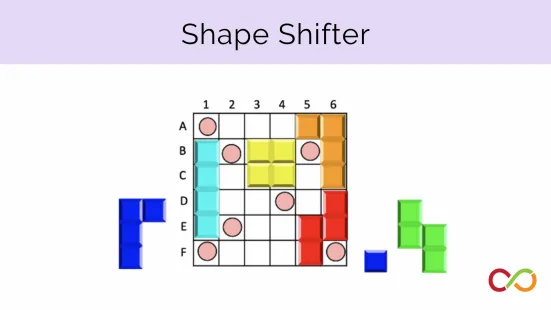
Enhance students spatial sense using grid coordinates, geometric transformations and problem solving.
Shape Transformer
Image
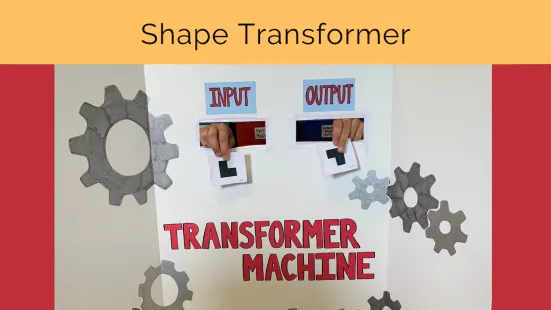
Students work together to understand transformations as a series of inputs and outputs.
Skyscrapers
Image
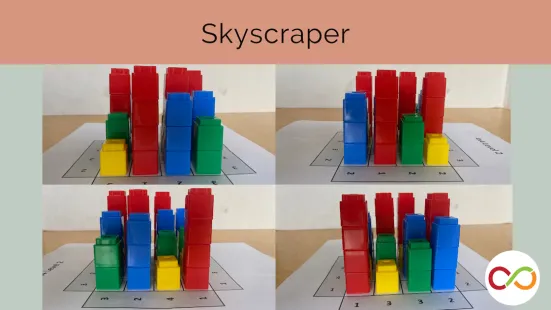
Students build and view a series of skyscrapers from four perspectives, ensuring no two towers in a row or column are the same height.
Solve the Broken Tangram Puzzle (The Warlord's Puzzle)
Image
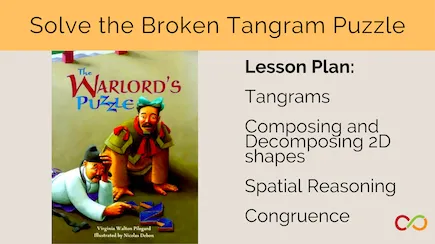
Students use seven shapes to complete tangram puzzles. Students work in pairs, using spatial language to explain how to fit all pieces together.
Spatializing Area
Image
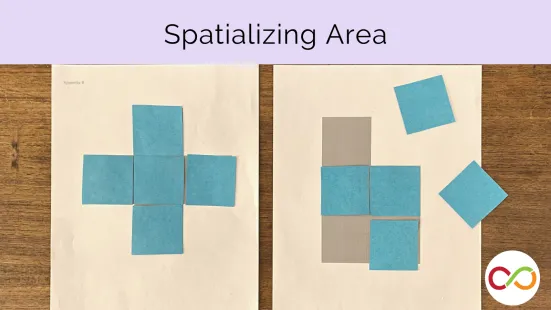
Students use cutout shapes to understand the relationship between size, area and relevant measurements.
Square Moves
Image
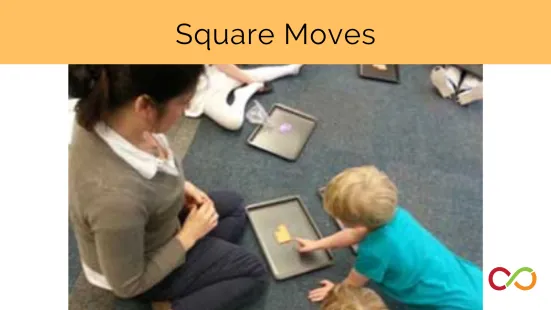
Students transform tiles from one configuration to another, using spatial language to communicate their thinking.
Square Tile Grid Symmetry Quick Image
Image
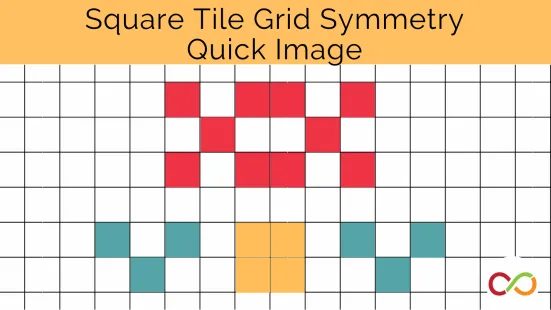
Students recreate a series of reflections made of square tiles from memory.
Talking Tetris
Image
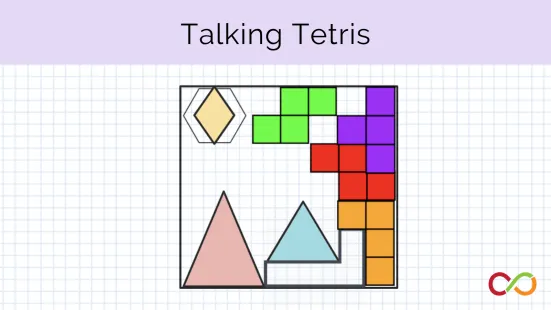
Students use directional vocabulary to compose and decompose structures on a grid using various 2D shapes.
Terrific Transformations
Image
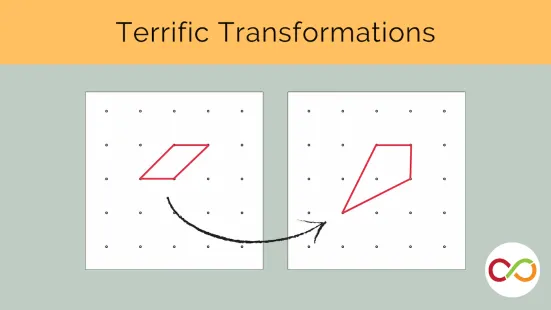
Students get practice visualizing and manipulating features of quadrilaterals as they compete to modify a shape using as few moves as possible.
Upside Down World
Image
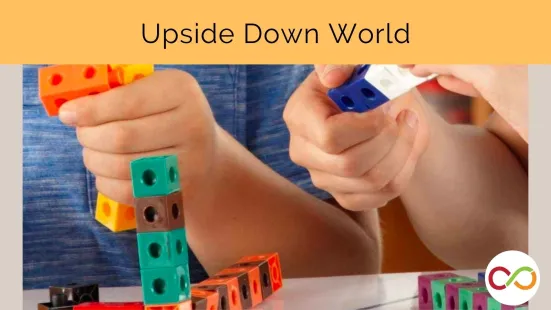
Students work with unifix cubes to rebuild "buildings" that have been turned upside down!
